Hardware
The heart of the MashBerry is a Raspberry PI. An interface-PCB is used for connecting sensors like a PT1000, DS1820 or IR. The outputs like beeper and SSR are also connected to the interface-PCB. The PCB mainly contains a I2C-Level Shifter for connecting Hygrosens I2C-Modules (for temperature -measurement via PT1000) and the transistor drivers for the SSR and the beeper. A 4” TFT display is connected to the Raspberry’s composite output.
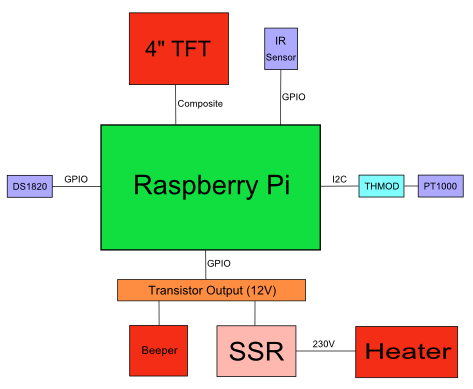
For a minimal circuit only 7 external parts are needed to be connect to the Raspberry: 1 transistor, 4 resistors, 1 Solid-State relay, and one DS18B20 temperature sensor. Optionally a beeper and a IR-receiver can be connected (red dotted)
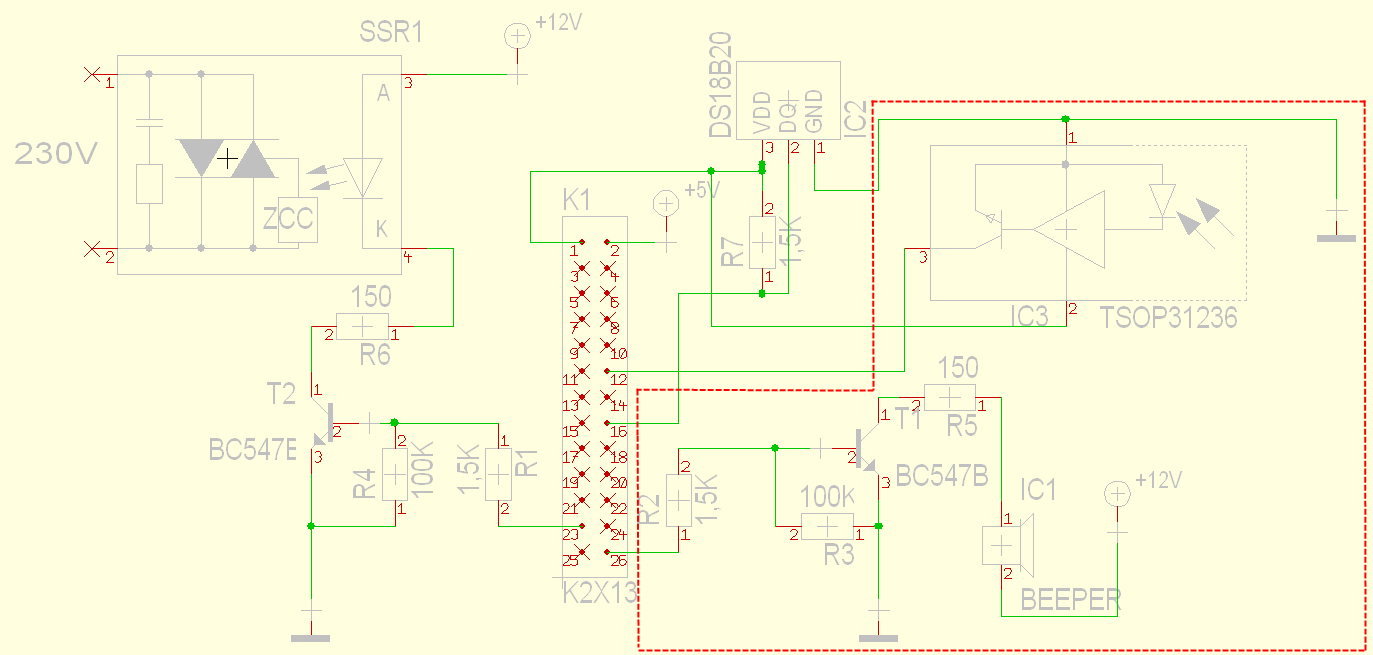
EA PCB-layout with multiple output-channels (not yet supported) and support for the Hygrosens I2C-Module
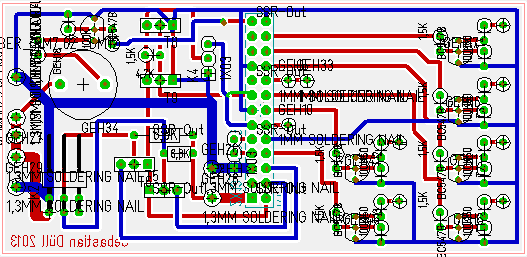
Software
The MashBerry software uses a modified Raspberry Linux-Kernel. To control the SSR in realtime the timer- interrupt was modified to control the Raspberry’s GPIO’s. The main application is written in C++ and uses Qt. For small TFT-Displays there’s a simple GUI that can be controlled by an IR-remote or by keyboard/mouse. For the configuration of MashBerry’s parameters like PID-Parameters, Language or recipes the builtin webinterface can be used. For temperature-control a PID-controller is used.
WebinterfaceFor the implementation of the Webinterface QtWebApp by Stefan Frings ist used. The Webinterface can be used for entering brewing-recipes and settings and the brewing process can be controlled.
PID-ControlThe PID-implementation used in MashBerry is a modified version of the Arduino PID-Implementation from Brett Beauregard. For tuning the PID the autotune-algorithm from the same developer is integrated. The PID-Autotune should be started using the waterfilled mashing-pot that will be later used for brewing. It’s best to add the amount of malt used in later brewing-processes.
To get a better accuracy of the temperature it is possible to do a PID-Autotune for all the singel steps of a recipe. Depending on the system used the autotune for single temperature can take up to 2 hours or longer. Finetuning of the PID-parameters later can be done via the Web-interface.
As an Example for PID-parameters the parameters for a 25L insolated cooking-pot are included.
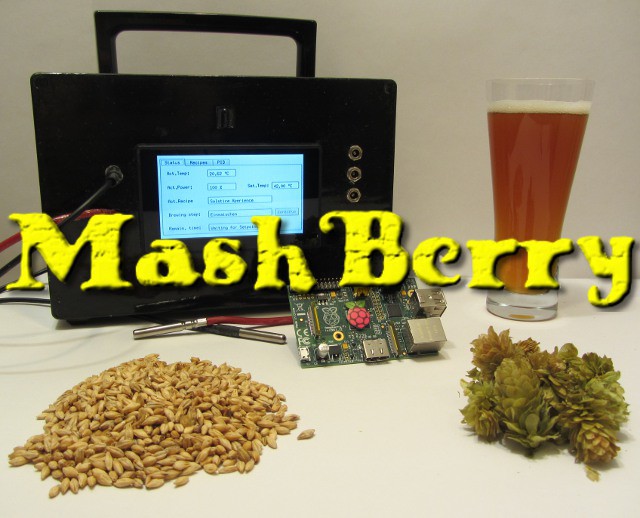
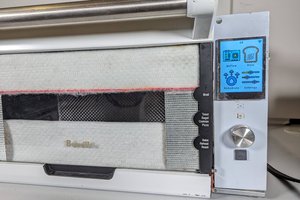
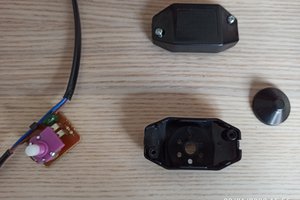
 Gabriel Faleiro
Gabriel Faleiro
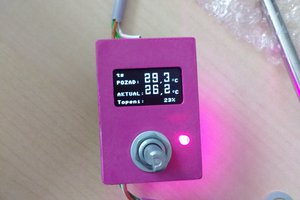
 Robert
Robert